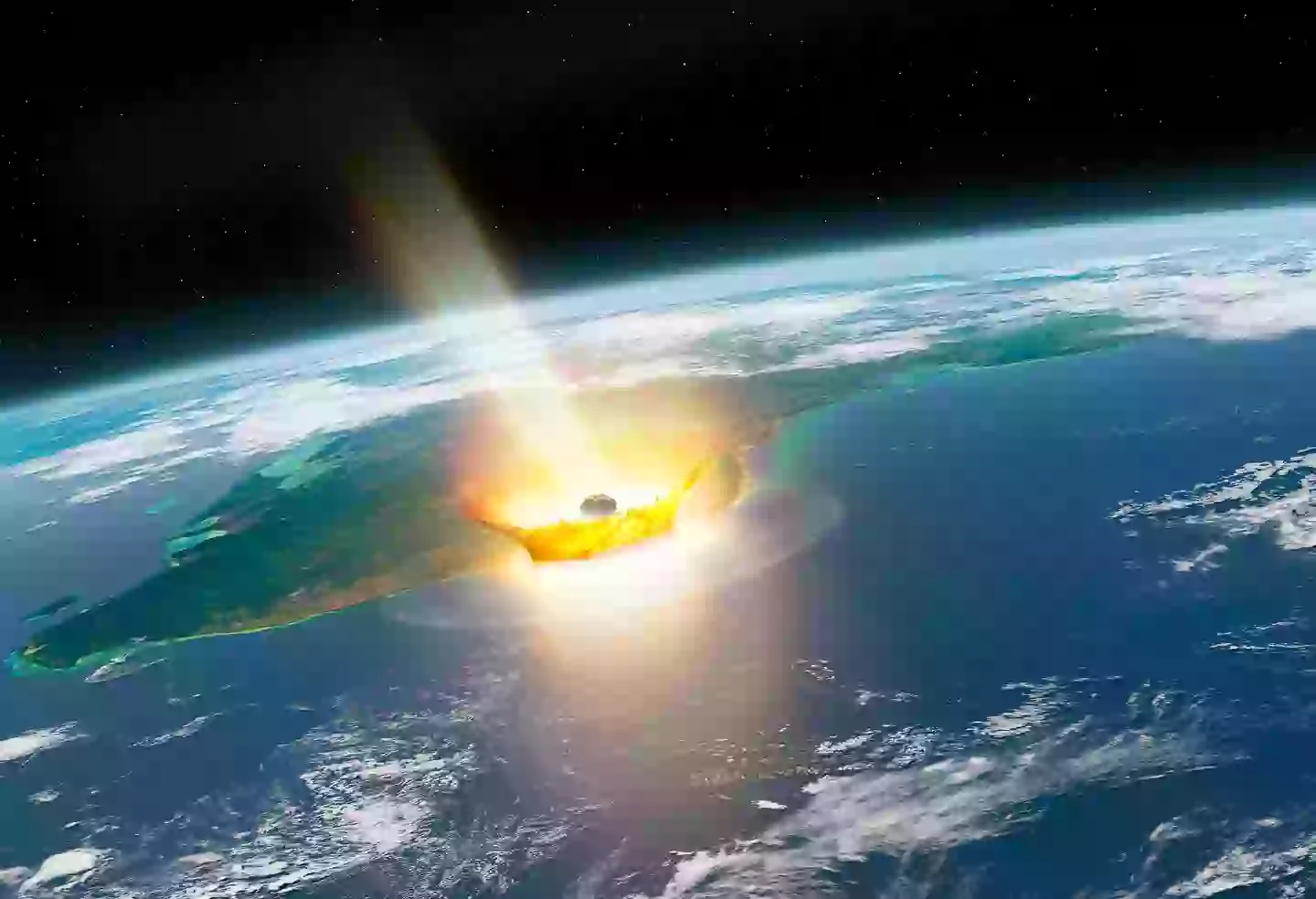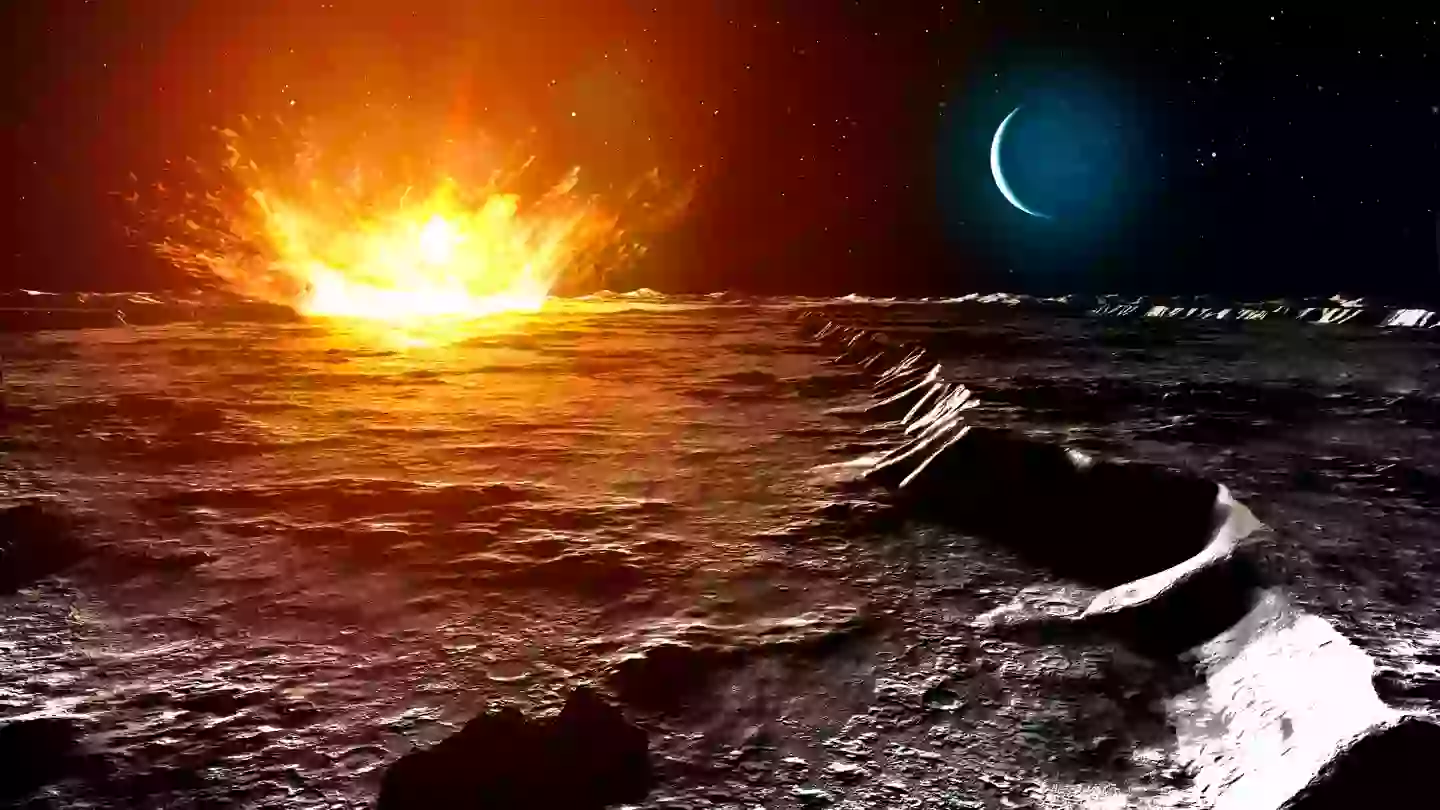
An expert has revealed the impact it would have on us if the 'city destroying' asteroid '2024 YR4' hit the Moon instead of our planet.
Earlier this month, scientists over at NASA increased the likelihood of Asteroid 2024 YR4 colliding from 1.2 percent to 2.3 percent.
Experts say the asteroid could come plummeting into the Earth on December 22, 2032.
Advert
Reports suggest it could be as big as the Statue of Liberty, so it's important scientists tread carefully when it comes to how's best to approach things.

But scientists have now also warned there's a chance 2024 YR4 could collide with the Moon.
David Rankin, who works as an operations engineer for the University of Arizona's Catalina Sky Survey, has said there's a 0.3 percent chance the asteroid could hit the Moon.
Advert
And if that unlikely collision was to occur, the impact it would have on us is actually minimal.
"There is the possibility this would eject some material back out that could hit the Earth, but I highly doubt it would cause any major threat," Rankin told New Scientist.
While Gareth Collins, of Imperial College London, added: "We would be quite safe on Earth. Some small ejecta fragments might reach Earth, but [would be] totally harmless."
These would ultimately burn up in the atmosphere, according to the expert - meaning no harm done for us on Earth.
Advert
Meanwhile, Dr Robin George Andrews previously warned that even protecting ourselves from the asteroid's impact could go wrong.

On Twitter, the expert referred to the Double Asteroid Redirection Test (DART), a mission dedicated to investigating and demonstrating one method of asteroid deflection by changing an asteroid’s motion in space through kinetic impact.
"Nobody wants to accidentally 'disrupt' an asteroid, because those components can still head for Earth. As I often say, it's like turning a cannonball into a shotgun spray," Andrews said.
Advert
"But we aren't going to see it again until another Earth flyby in 2028. So much could go wrong if we try and hit it with something like DART.
"It may be smaller, or larger. If it's too big, we may not be able to deflect it with one spacecraft. We'd need several to hit it perfectly, all without catastrophically breaking it."
As for where it’ll hit the Earth, Rankin mapped out a 'risk corridor', predicting it to collide anywhere around northern South America, across the Pacific Ocean, southern Asia, the Arabian Sea, and Africa.
That would mean that India, Pakistan, Bangladesh, Ethiopia, Sudan, Nigeria, Venezuela, Colombia, and Ecuador would be at risk of taking the brunt of the impact.